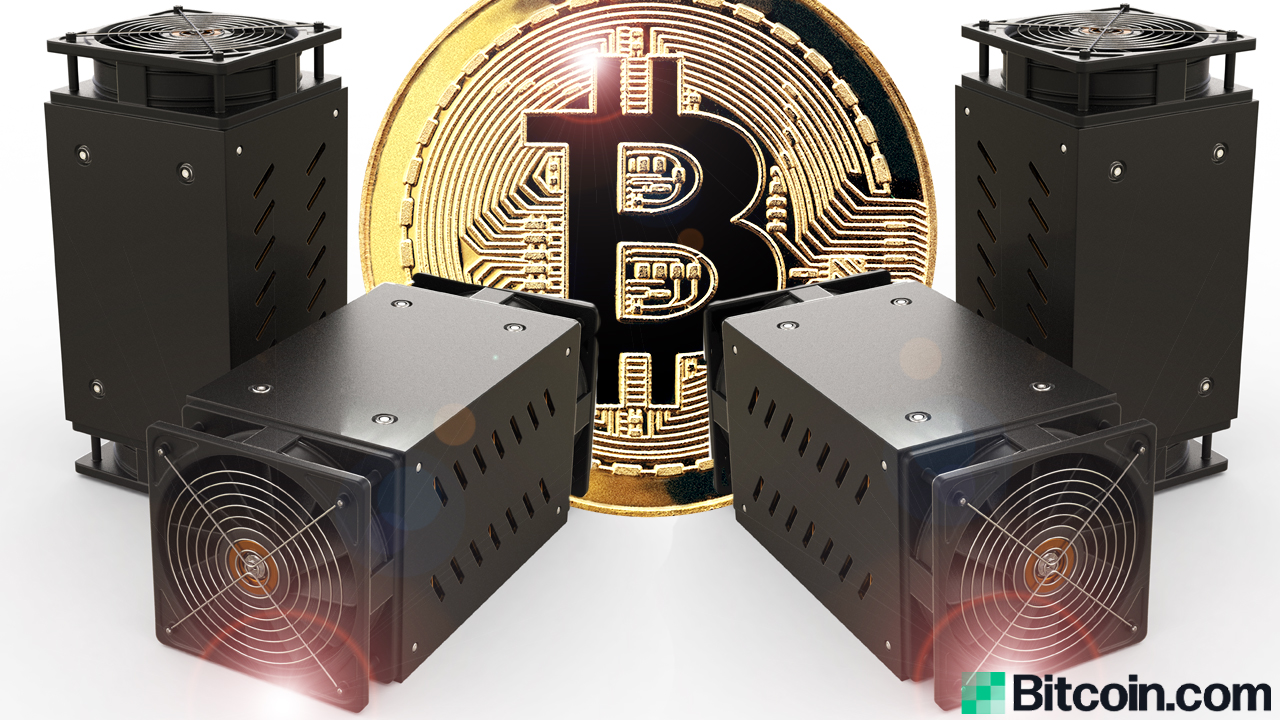Bitcoin mining has been an integral part of the cryptocurrency ecosystem since the inception of Bitcoin. Miners are responsible for verifying the transactions on the blockchain network and adding new blocks to the chain. In the early days of Bitcoin, mining could be done using simple CPUs and GPUs, but as the network grew, the process became more complex, leading to the development of specialized hardware known as ASIC miners.

ASIC (Application-Specific Integrated Circuit) miners are devices designed exclusively for mining cryptocurrencies that use the SHA-256 hashing algorithm, such as Bitcoin. These devices offer significant advantages over traditional mining hardware, including greater efficiency, higher hashing power, and lower operating costs. In this article, we will walk you through the history and evolution of Bitcoin ASIC miners and how they have revolutionized the mining industry.
The Birth of ASIC Miners
Before the advent of ASIC miners, mining Bitcoin using CPUs and GPUs was relatively easy and inexpensive. However, as the number of miners increased, the network's difficulty increased, leading to reduced profitability for mining using standard hardware. In response to this, companies started working on developing specialized hardware that could perform the mining process more efficiently and economically.
In 2013, Butterfly Labs became the first company to release a Bitcoin ASIC miner, which boasted a hashing power of 60GH/s. This was a significant improvement over traditional mining hardware, which could only offer a few GH/s at best. This was just the beginning of a new revolution in the crypto mining industry. Soon, other companies followed suit and started developing their own Bitcoin ASIC miners, each more powerful than the last.
The Rise of ASIC Mining Farms
As ASIC miners became more powerful and efficient, mining farms started popping up all over the world. Mining farms are large-scale operations that house hundreds or even thousands of ASIC miners working together to mine cryptocurrencies. These farms are usually located in remote areas with cheap electricity to reduce operating costs.
In 2018, Bitmain, the world's largest manufacturer of ASIC miners, opened a mining farm in Texas that could house over 300,000 mining machines. The farm was powered by renewable energy and had a total capacity of 25MW. This is just one example of the scale at which ASIC mining farms operate today.
The Impact of ASIC Miners on the Crypto Industry
ASIC miners have had a significant impact on the cryptocurrency industry, not just in terms of mining but also in terms of the wider market. As the mining process became more efficient and cheaper, more people started mining, which increased the number of transactions being processed on the network. This led to improved transaction processing times and reduced fees for users, making the network more accessible to a wider audience.
However, the rise of ASIC miners has also led to concerns about centralization. As mining became more profitable, a handful of large mining pools started to dominate the network, leading to fears that they could exercise too much control over the blockchain network. Additionally, ASIC miners have made it difficult for smaller miners to compete, leading to concerns about the decentralization of the mining process.
Conclusion
Bitcoin ASIC miners have revolutionized the cryptocurrency industry by making the mining process more efficient and economical. They have helped to increase the number of transactions being processed on the network, making it more accessible to a wider audience. However, the rise of ASIC mining farms has also led to concerns about centralization and the potential loss of decentralization in the mining process. It will be interesting to see how ASIC miners continue to evolve and impact the crypto industry in the years to come.